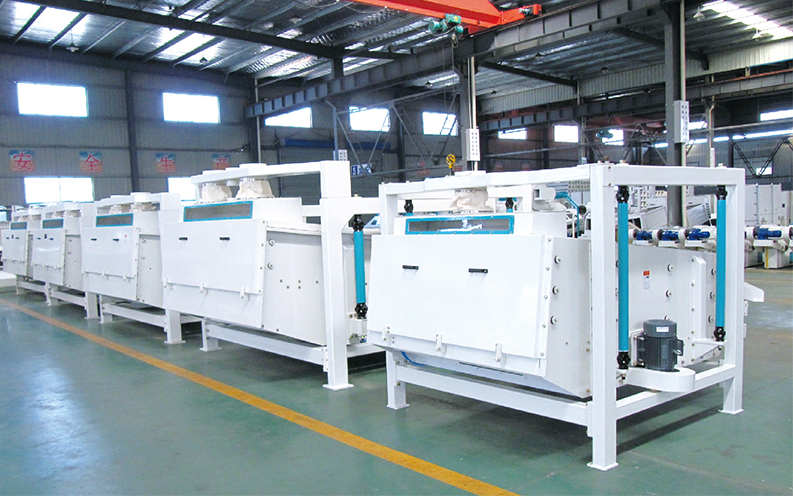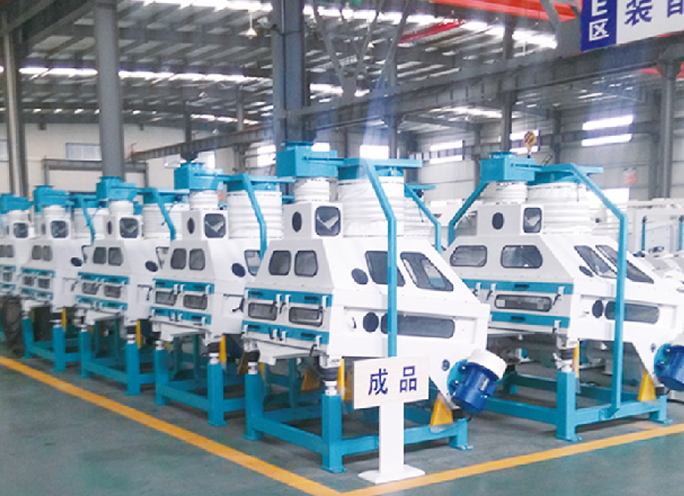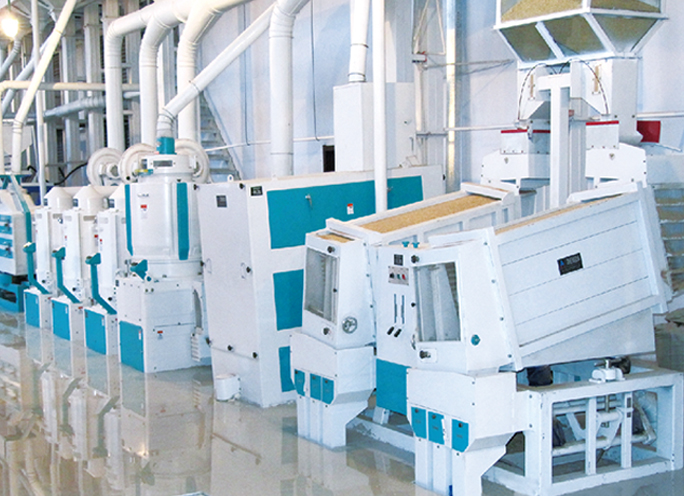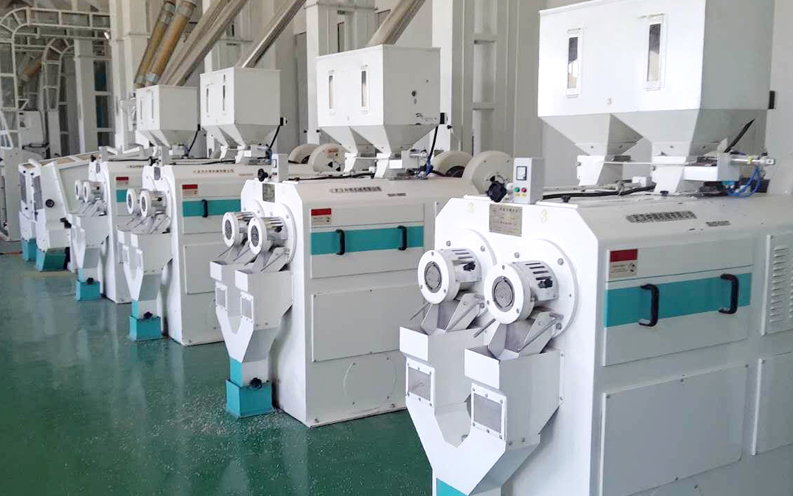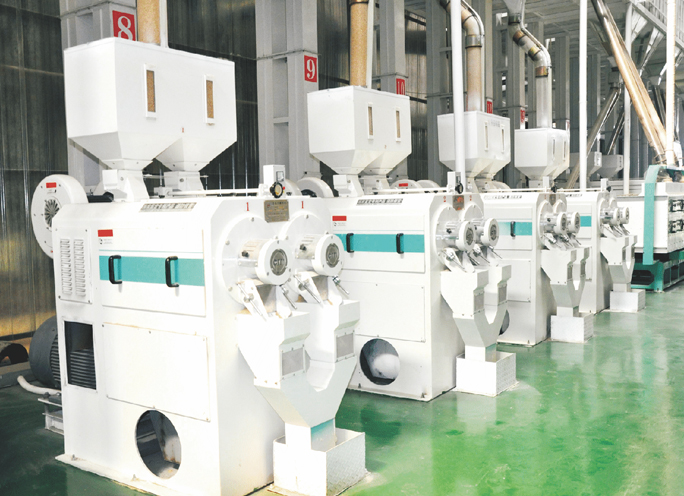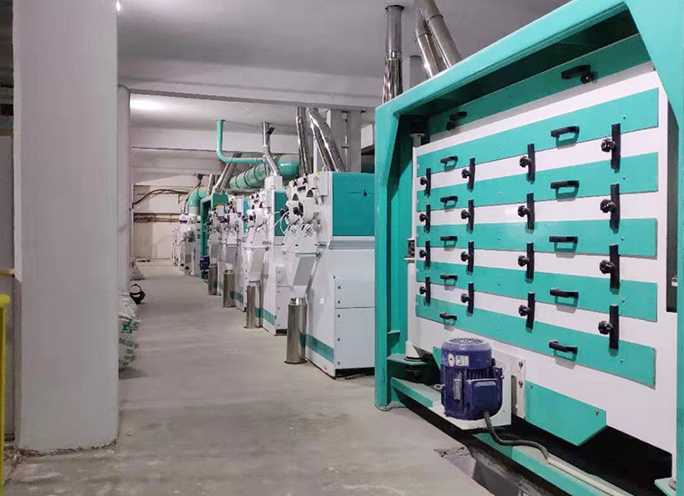INTRODUCE:
After being processed by the mill, the rice can still contain some bran powder, broken rice and discolored rice, which would affect the quality of the finished product. The purpose of the further processing section is to remove them in order to ensure the quality of the finished rice.
Rice grading:
The purpose of rice grading is to separate broken rice which are not up to the standard quality requirements. The common equipment is the rice grader, which can separate rice into different grades.
Polishing:
To remove the bran powder attached to the surface of rice, so as to make the rice clean and bright.
Color sorting:
The color sorter adopts optoelectronic technology, using the difference of reflection rate between discolored rice and white rice to separate the rice with different colors, thus ensuring the quality of the finished product.
